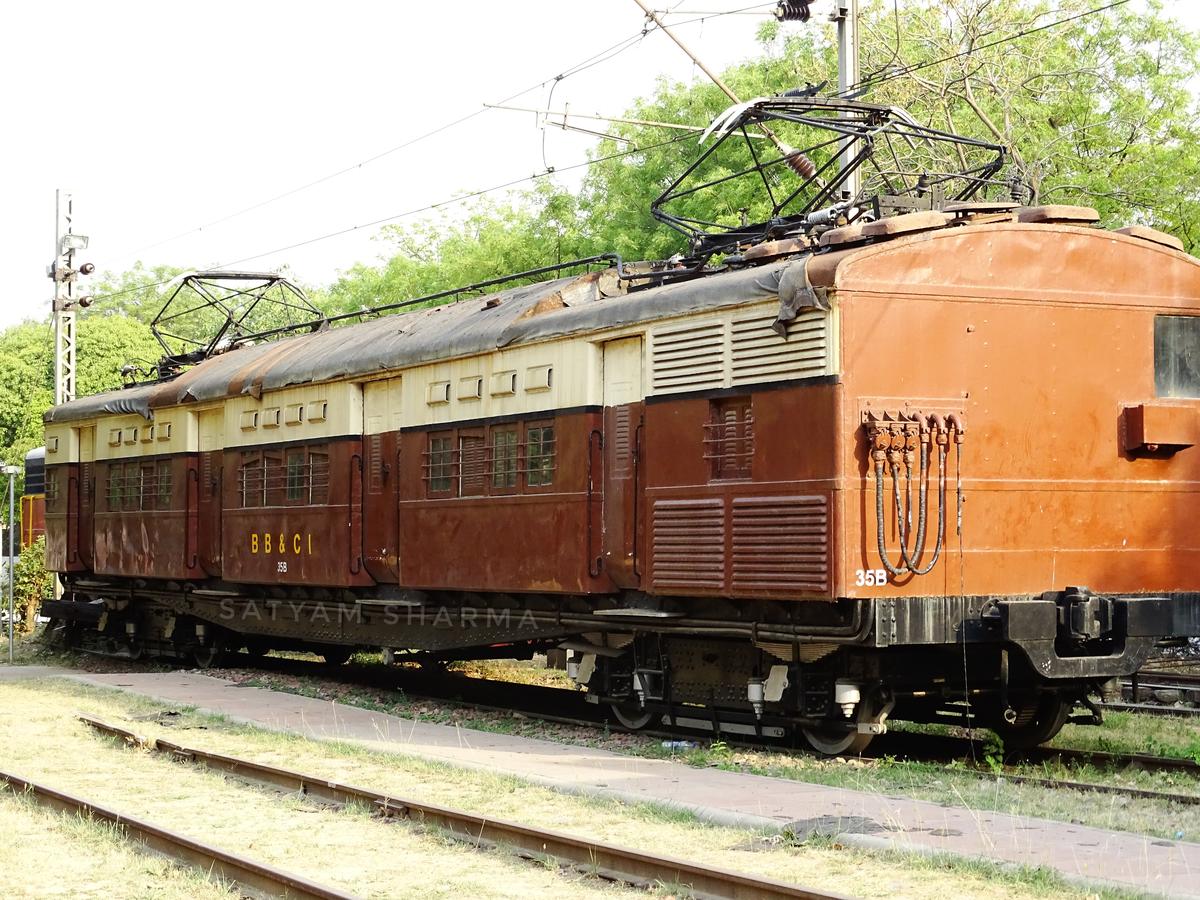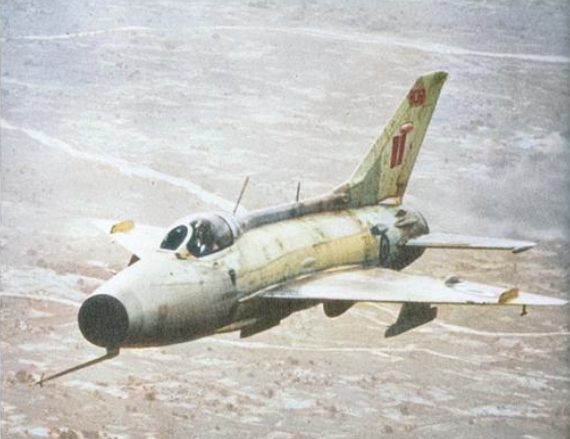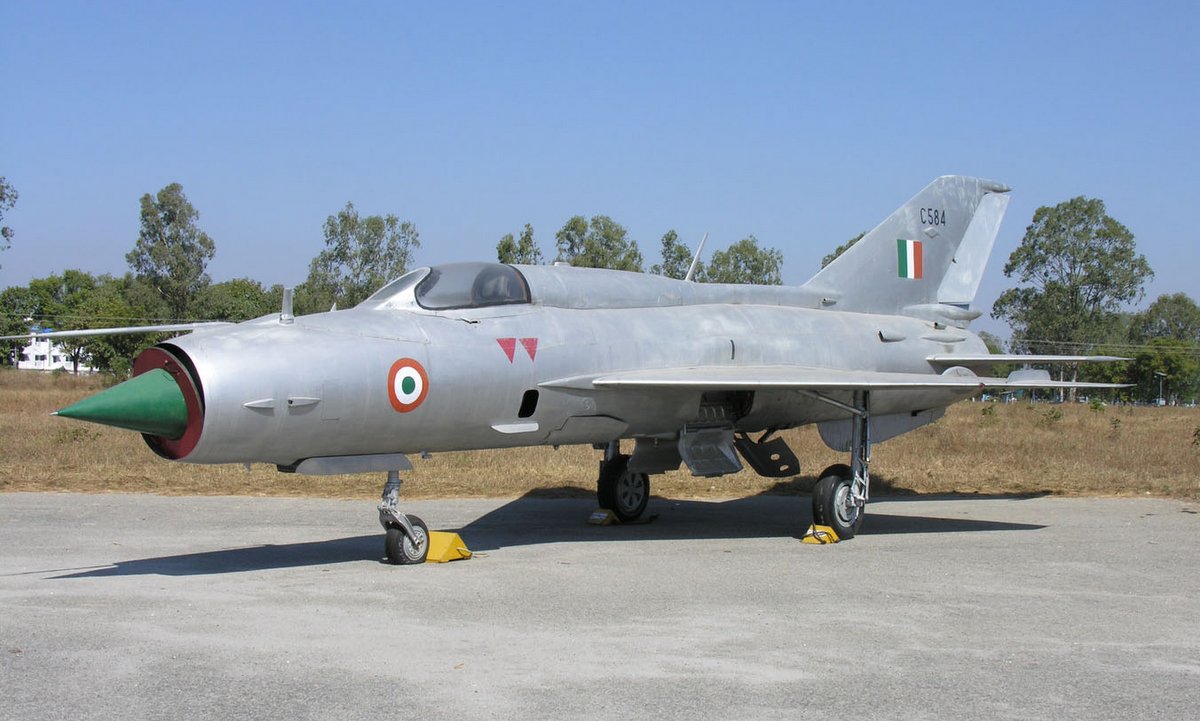The Bombay, Baroda and Central India Railway (BB&CI) was a company incorporated in 1855 to undertake the task of constructing railway lines between Bombay and Baroda State, that became the present-day Baroda (Vadodara) city in western India. BB&CI completed the work in 1864. 

BB&CI built upon the feasibility work done by in 1852 by John Pitt Kennedy for Maharaja Ganpat Rao Gaekwad of Baroda who wanted a line to link Baroda to the coast. 

In November, 1854, the Governor-General, Lord Dalhousie, sanctioned the construction of the sections Broach, and Baroda, to Ahmedabad. 

The first section from Surat to Utran, inaugurated on 10 February 1860. The completion of the ‘Nerbudda (Narmada) Bridge’ and the ‘Taptee Bridge’ enabled the BB&CI main line from Ahmadabad to reach Navsari in 1861, Bombay Grant Road in 1864 and Bombay Backbay(Colaba) in 1870. 



By 1937, BB&CI built up a network of almost 3,000 miles (1,100 miles broad gauge and 1,700 mile metre gauge). The broad-gauge main line ran from Bombay to Baroda, where it bifurcated, the north-east main line continuing to Delhi, and the north-west main line to Ahmedabad. 

The metre-gauge system was originally the Rajputana Malwa State Railway. It began at Ahmedabad and ran through Baroda State and Rajputana via Ajmer, Jaipur and Rewari to Delhi. There were branches from Rewari to Bhatinda and Fazilka, from Ajmer to Ratlam, Indore and Khandwa. 

In 1873, the Bombay Terminus was established in Colaba and then at Bombay Central station opened in 1930. 



BBC&I also took over the running of the Baroda State Railway of the Maharaja. The Maharaja's rake is preserved at the National Railway Museum in Delhi, along with locomotive and coaches built at the Ajmer Workshop. 

BBC&I was a pioneer in BG suburban services. The first “local” or suburban service was operated by BB&CI between the then Backbay Station, near present-day Marine Lines, and Virar in Thane district, now in Palghar, on April 12, 1867, with just one service up and down. 



In January 1928, the Colaba-Borivali section (37.8 km) was electrified on the 1.5 kV DC system. In 1936, electrification was extended to the two main tracks between Bandra and Borivali railway stations thus completing electrification of the Churchgate-Virar route. 

On 5 November 1951 the Bombay, Baroda and Central India Railway was merged with the Saurashtra Railway, Rajputana Railway, Jaipur State Railway and Cutch State Railway to give rise to the Western Railway. 

• • •
Missing some Tweet in this thread? You can try to
force a refresh




























